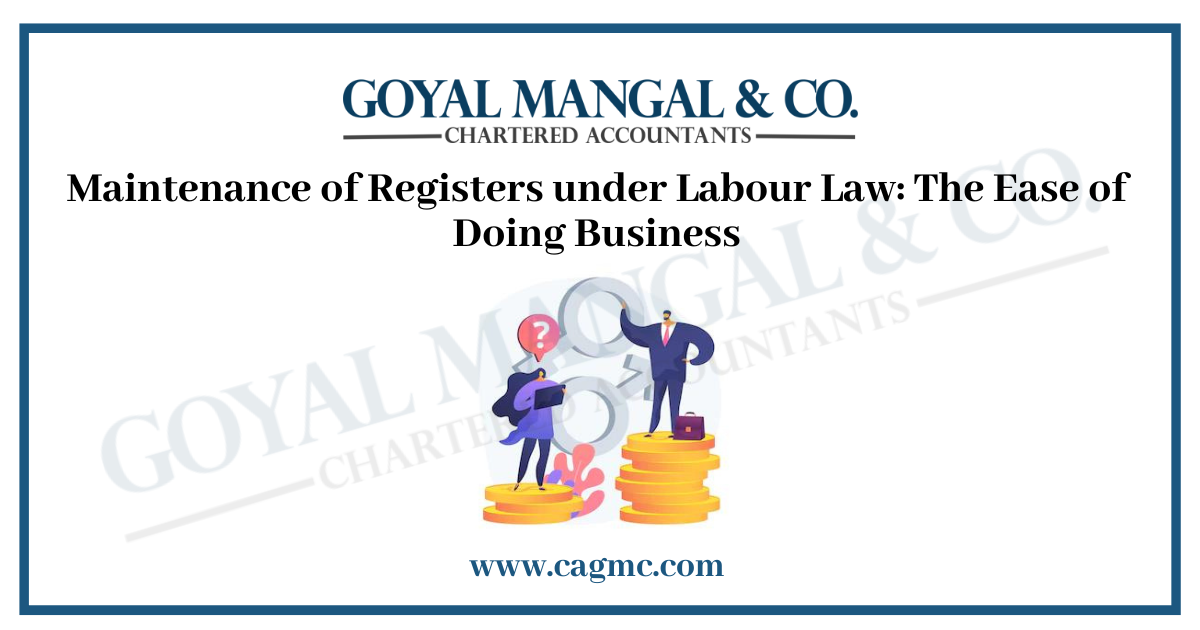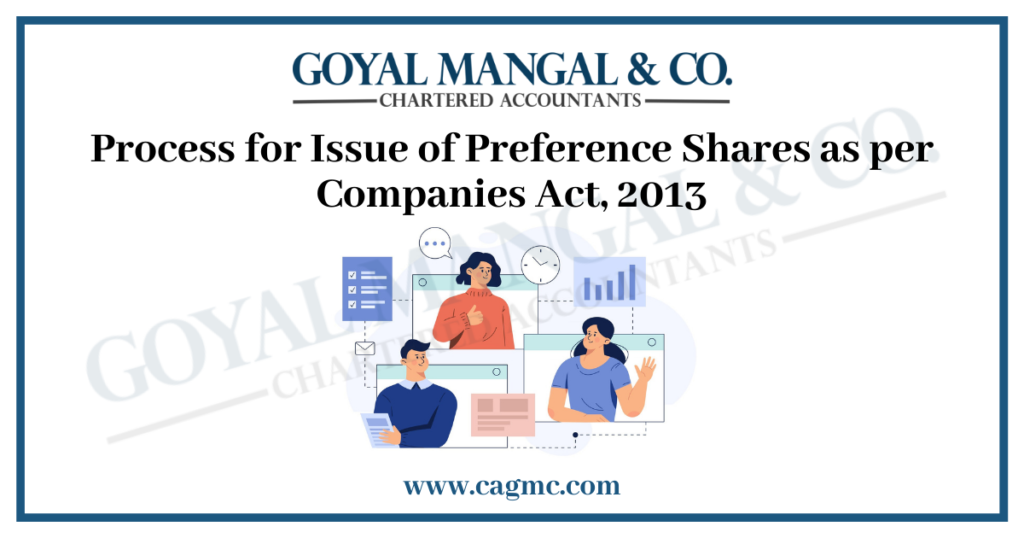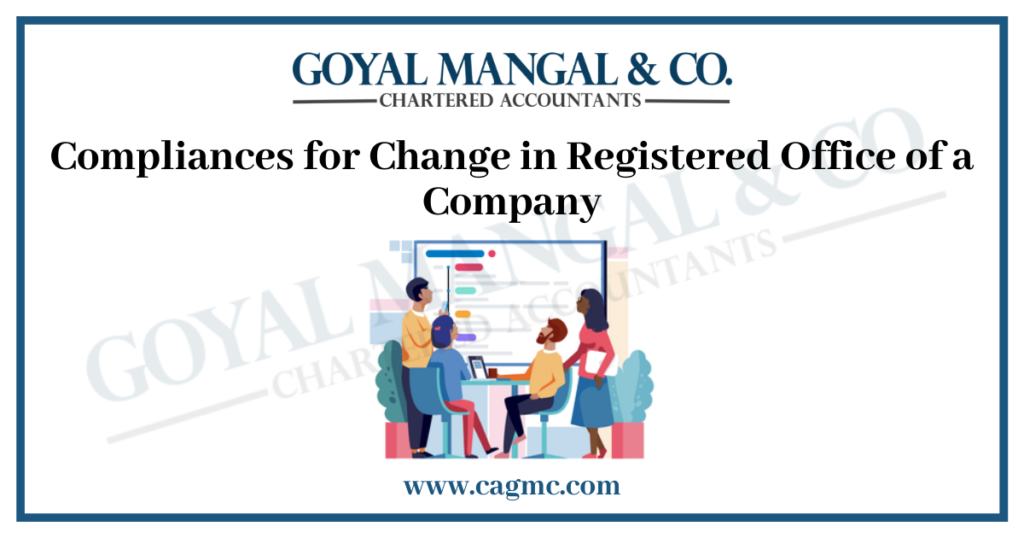 The employer is expected to follow a broad list of Labour laws, which includes keeping registers in accordance with numerous Labour Laws. The Labour regulations required the maintenance of about 56 registers and records, which made it an extremely difficult duty for the employer and resulted in the penalty of non-compliance. This article discusses the Maintenance of Registers under Labour Law in order to help the employer run the premises efficiently.
The employer is expected to follow a broad list of Labour laws, which includes keeping registers in accordance with numerous Labour Laws. The Labour regulations required the maintenance of about 56 registers and records, which made it an extremely difficult duty for the employer and resulted in the penalty of non-compliance. This article discusses the Maintenance of Registers under Labour Law in order to help the employer run the premises efficiently.
On February 21, 2017, the Central Government released a notice to support the principle of Ease of Doing Business. This notification created the Ease of Compliance to Maintain Register under Various Labour Law Rules, 2017 and decreased the number of registers from 56 to only five.
|
Table of Content |
Quick Look
The Ministry of Labour has finally streamlined procedures relating to the maintenance of registers under different Labour laws in force in India in the era of ease of doing business in that country. On February 21, 2017, the Ministry of Labor and Employment published the Ease Of Compliance to Maintain Register under Various Labour Law Rules, 2017 (the “Rules”).
The employer was required to keep up to 56 (Fifty-Six) registers in accordance with numerous Labour Regulations and 9 (Nine) Central Legislation.
The Rules have merged the maintenance of 56 (fifty-six) registers into 5 (five) registers as stipulated in the Rules’ Schedule, and these obligations have been waived.
It is possible to keep these merged registers electronically. If the registers were previously kept in an electronic format, then, in accordance with rule 2’s sub-rule 3 about the presentation, the integrity, serial number, and content of each register’s column should not be altered.
Rule 2’s sub-rule 2 makes it crystal clear that the employer is responsible for providing all relevant information so that the concerned inspector may access all the information if the combined registers are ever needed for examination by the concerned inspector.
Which Labour Laws obligate the Employer to maintain Registers?
As per the ease of compliance in the Maintenance of Registers under labour law are such as:
- Payment of Wages Act, 1936
- Minimum Wages Act, 1948
- Mines Act,1952
- Working Journalists and Other Newspaper Employees (Conditions of Service) and Miscellaneous Provisions Act, 1955
- Contract Labour (Regulation and Abolition) Act, 1970
- Sales Promotion Employees (Conditions of Service) Act, 1976
- Equal Remuneration Act,1976
- Inter-State Migrant Workmen (Regulation of Employment and Conditions of Service) Act, 1979
- Building and Other Construction Workers (Regulation of Employment. And Conditions of Service) Act, 1996.
Maintenance of Registers under Labour Law
According to labour legislation, the Employer is required to keep the following registers:
Employee Register
The information about the employees who work in the establishment is kept on file in the employee register. To eliminate any employee-related suspicions, such a record is necessary. Register upkeep must follow the structure outlined in Form A, with the following information inside:
Details of the Organization
- Name of the Establishment – To determine if the establishment is registered under the applicable legislation, the name of the establishment is required.
- Name of the Owner: As its name suggests, this column contains the business’s owner’s name.
- Employers are given a unique identification number called a “Labour Identification Number” (LIN) to help with business regulations and to make labour inspections by various organizations and entities under the administrative supervision of the Labour Ministry more transparent and accountable.
Information of Employees
- Employee code
- Serial number
- Full name of the employee
- Gender of the employee
- Name of the spouse
- Date of Birth of the employee
- Nationality
- Education qualification
- Date of joining and designation
- Mobile number
- Bank details
- PAN Card number
- Aadhar card
- Address (permanent and current both)
- Service book number
- Date of resignation with reason
- Mark of identification and Signature
However, the nature of the task, daily working hours, rest periods, and intervals must all be described under this section if the employee is between the ages of 14 and 18 years.
Requirements for employees registered under Mines Act, 1952
- Name of the employee
- Token number issued
- Serial number
- Date of the first appointment with Current Employer
- Certificate of Age/ Fitness Taken – This column is provided by workers between the ages of 14 and 18.
- As well as, work environment details
- Information about the Certificate of Vocational Studies
- Further, information on Nominee
- Additionally, an emergency Contact Information
Wage Register
However, to simplify the salaries provided to the workers, including the basic pay, wage rate, and deductions ESIC, among other things, registers must be kept in accordance with FORM B of the Act. Hence, the details required for the wage register are:
- Based on the employee category, such as skilled, highly skilled, semi-skilled, and unskilled, this section includes columns such as Basic Pay, daily allowance, and overtime.
- Information regarding establishment
- Further, depending on whether the salary is computed on a daily, fortnightly, monthly, weekly, or piece rate basis, the wage period gives information on the date from which the wage is calculated.
Information Regarding Wages
- Serial number of the employee
- Name of the employee
- Wage rate
- Working days
- Number of hours employee worked and as well as his overtime
- Special Basic
- Payment of the overtime
- Others
- overall
- HRA
Deductions Provision: PF, ESIC, society, income tax, insurance, and recoveries are deductions. In the subsequent column, the sum of the deductions is listed in order to determine the net payment and Employer Share Provident Fund. However, it should be highlighted that the specifics of paid leave earnings under the Mines Act should be displayed in the others column and specifically addressed in the Remarks column.
Loan and Recovery Register
This register is of utmost importance and has the following characteristic:
- Recovery types, such as damage, loss, fines, advances, and loans
- Details of the Loan
- Further, the loan/damage date
- Amount
- Specifics of any issued notice
- The first month, last month/last year;
- Date of complete Recovery
- Explanation heard in the presence of
- Note: apply only when there has been a loss or harm.
Provisions for the Attendance Register
Maintaining attendance records is crucial for keeping track of the days a worker has done, which makes it easier to calculate salaries accurately. The following is a list of the information on this form:
- Firstly, scheduled task or relay
- Workplace
- As well as, the date and time of in and out
- Number of Days Summary
- Finally, it must be authorized by the Register’s Recordkeeper
Note:
- Mines only have surfaced, opencast and subsurface relays and work locations.
- The register must reflect any absences of the employee.
Register of leave
The Mines Act, 1952 as well as other pertinent statutes and guidelines demand the maintaining of records in accordance with FORM E of the rules. The following is the structure for that:
- Specifications of the Establishment as required
- Days Worked
- However, opening balance, added, prohibited, taken advantage of, and closing balance is all included in compensatory rest.
- Information on earned leaves
- Except for the rest, not the permit column, it contains all of the information mentioned before.
- Medical Leave Information on Additional Leaves.
- Lastly, the initial balance for the year’s leave must be shown in the register for January of the relevant year, and the year’s ending balance must be shown in the register for December.
Takeaway
In accordance with the shifting trends and demands of the sector, organizations must comply with the employer’s legal obligation to maintain records. However, the Ministry has modified these standards by reducing the number of registrations from 56 to 5. These modifications encouraged the “Ease of Doing Business” among emerging enterprises and stoked the entrepreneurial mindset. Hence, it is anticipated that these reduced obligations will contribute to record simplifying and a decrease in data redundancy.


